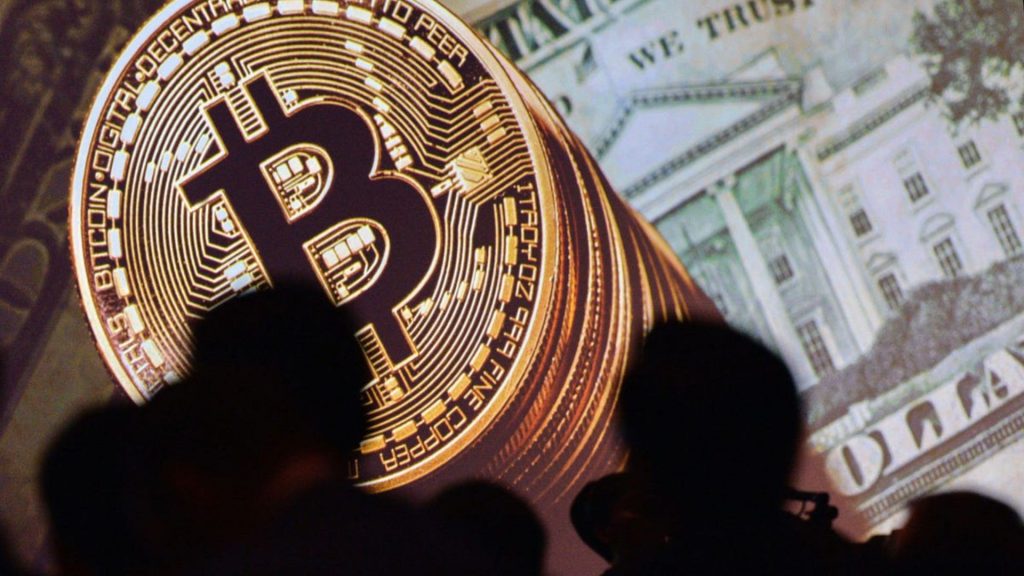Why are criminals interested in cryptocurrencies? Some cryptocurrencies like Bitcoin became easier to trace, major darknet platforms were taken down by law enforcement, and internal financial crime investigation units have upgraded their technological financial crime prevention solutions. However, the amount connected to illicit activity still accounts for more than is reasonable.
Why Are Criminals Interested In Cryptocurrencies?
In the past, cryptocurrency has been thought of as something anonymous, something that criminals can use, and no one will be able to find their money. There are quite a several infamous examples that make this very apparent.
Silk Road was launched in 2011 and then taken down by the FBI in 2013. It was a huge marketplace where you could buy everything from drugs to firearms. Wildlife trafficking was also present there, which gave Bitcoin a bad reputation initially. As the years have evolved, the industry and the community have struggled to shake Bitcoin’s lousy reputation because of Silk Road.
Other dark markets attempted to take Silk Road’s place after it was taken down. The start of the big economy of dark markets was when AlphaBay launched in 2014 and was shut down by law enforcement in 2017. Other crypto crimes, such as Ransomware attacks, were the most famous in 2017.
Aside from the pseudo-anonymous nature of crypto, some other elements are less spoken about, but they’re essential to understanding to capture your risks correctly. You hear a lot about peer-to-peer payments in traditional systems, but Bitcoin is genuinely peer-to-peer. You can make a payment with absolutely no intermediary; you use someone’s address, send them a certain amount of Bitcoin, go on the blockchain, broadcast, and receive their transaction.
That’s all good and well, but what if someone can come along and unplug the main server on which this great currency runs? Of course, in Bitcoin’s case, it’s completely decentralized. There is no one central switch you can turn off and then shut down Bitcoin or cryptocurrency, making it a bit more attractive than other options.
Then you’ve got the final bit that has been coming to the limelight because of the many institutions creating their cryptocurrency and their payment route system on the blockchain, which is something where someone can block payments. Whereas your traditional cryptocurrencies, Bitcoin and Ethereum, are permissionless and censorship-resistant. You can’t, on the actual blockchain, block a payment between two parties.
That’s important because it means that any anti-financial crime controls and attempts to stem the illicit use of cryptocurrency must happen at the point of entry. It has to happen with the exchanges, the banks, and the ATM providers before it gets onto the actual Bitcoin blockchain because, after that point, you can’t stop those transactions.
When cases of Bitcoin and crypto assets being used in crime started appearing a few years ago, there was generally a perception that you had a perfect mechanism for online criminality. The pseudo-anonymous nature of the transactions was the perfect thing that criminals could dream of. However, there was a catch in all of this. What made Bitcoin less ideal for crime than is sometimes acknowledged is that crypto-asset transactions are recorded on the blockchain. Public ledgers provide a complete and total history of transactions.
As a result of those blockchains being open, visible, and constantly being updated with new information, it became possible to more effectively analyze the history of transactions, follow the flow of funds, and begin to unmask those behind certain payments.
Back in the day, Silk Road accounted for about 30% of crypto assets or Bitcoin transactions at the time. Today, illicit transactions in the Bitcoin ecosystem – not speaking about other cryptocurrencies – are just under 1% of all activity. The reasons for this are manifold. One reason is that more and more legitimate people have become interested in blockchain technology and use cryptocurrencies for various cases. In relativity, the criminals have been crowded out as a proportion of the entire flow of funds.
It can be observed that dark web marketplaces make up about half of all crypto activity. Dark web markets are still quite accessible, and they rely heavily on Bitcoin and other cryptocurrencies to facilitate the dealings. In addition, scams and Ponzi schemes make up an additional third of illicit activity in Bitcoin, and credit card schemes make up just under 10% of the overall illegal activity.
Unlawful activity around credit cards usually relies on websites on the dark web or sometimes on the open web, where criminals that have stolen credit card details can sell those credit card details. Thefts and hacks of exchanges also contribute to this picture. And then, there is the portion comprised of miscellaneous activity like money laundering in general, terrorist financing, and sanctions evasion.
One thing that should be mentioned here already is that if criminals use a cryptocurrency like Bitcoin, it has become easier to trace back the funds than it has been in the past. Nowadays, there are many tools out there that help internal financial crime investigations unit follow the money, especially law enforcement, with the possibility that they can trace back the funds with a reasonable amount of effort.
However, technology is also emerging on the side of criminals and financial crime, and compliance professionals should be aware of mixers and tumblers in particular. These services are offered by third parties that obfuscate a cryptocurrency transaction. They are usually provided by like-minded criminals who charge a certain fee.
In essence, mixers and tumblers mix different cryptocurrencies. In addition, there are wallets out there that are extremely private. And then there are cryptocurrencies, like Monero, for example, which is one of the most well-known privacy coins. This protocol is tough to track, unlike Bitcoin, so criminals are more likely to take advantage of its features.
Final Thoughts
There is no doubt that digital currencies benefit individuals, financial organizations, governments, and public sector institutions by improving access to financial products, promoting financial empowerment, and lowering the risk of corruption and fraud. However, one of the significant risks associated with digital currencies is the ability of criminals and terrorists to exploit these new technologies.
While there is no evidence that any terrorist organization has adopted digital currencies on an institutional level, cases where terrorists have used digital currencies suggest that risks may arise in the future.



